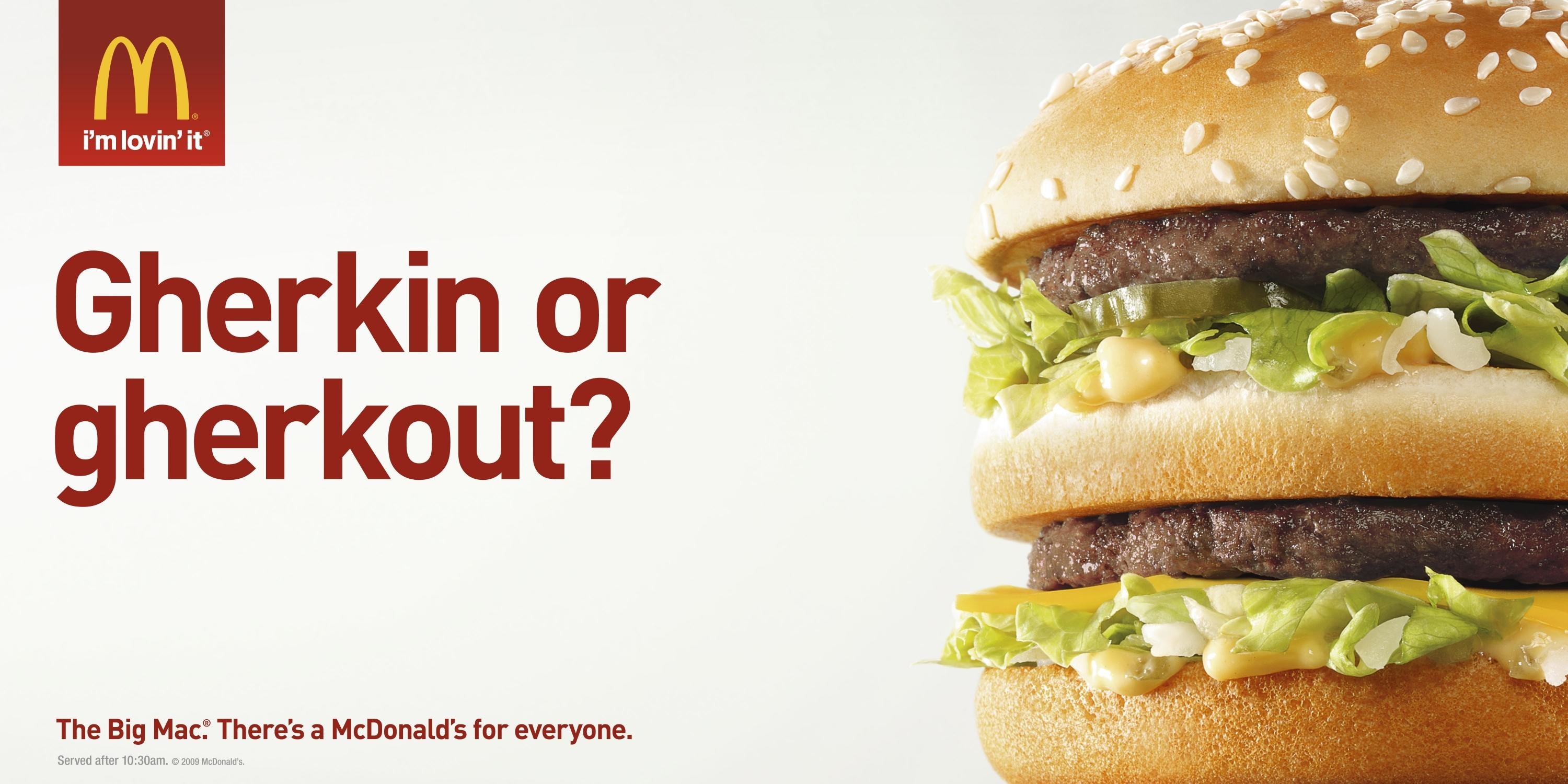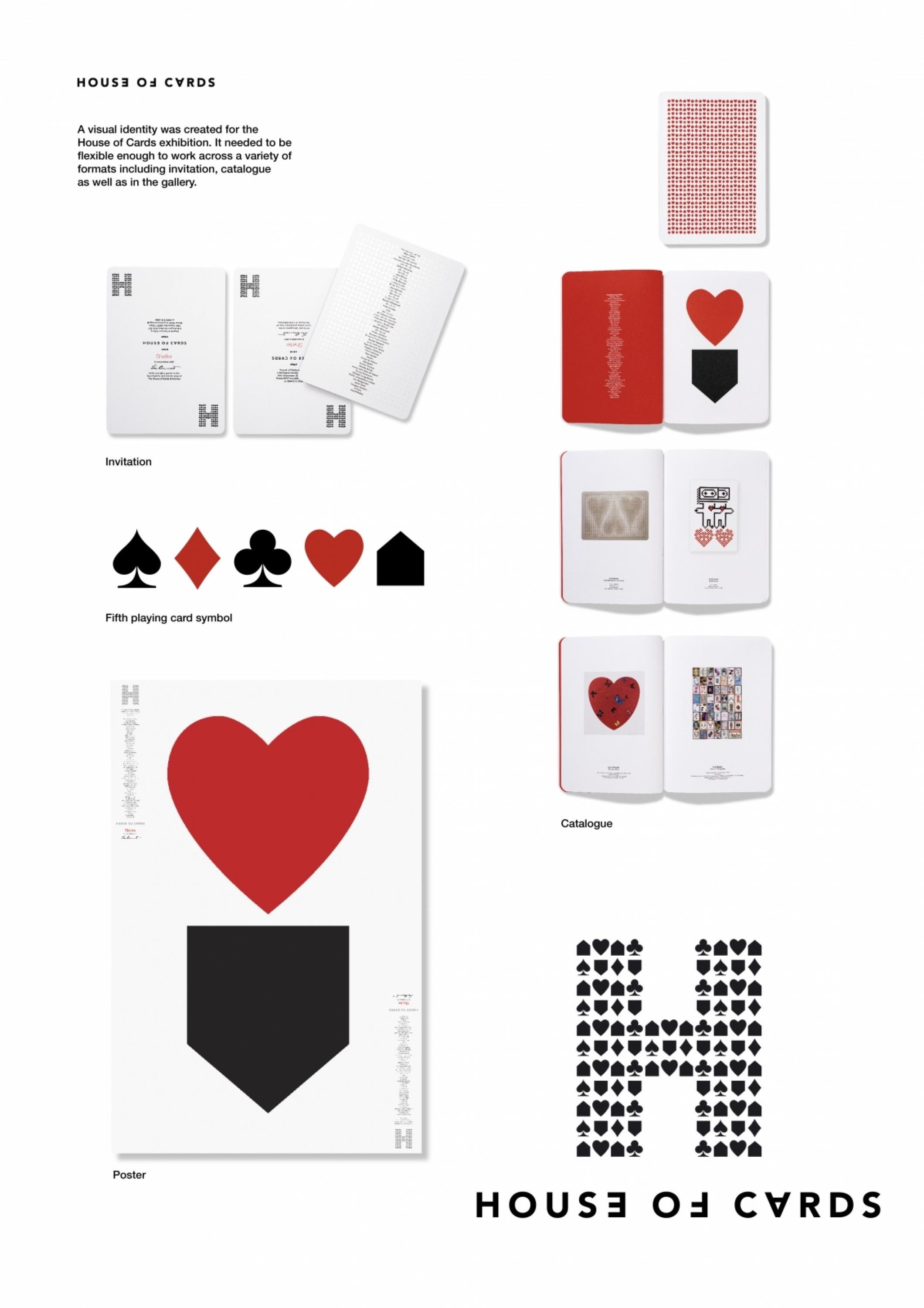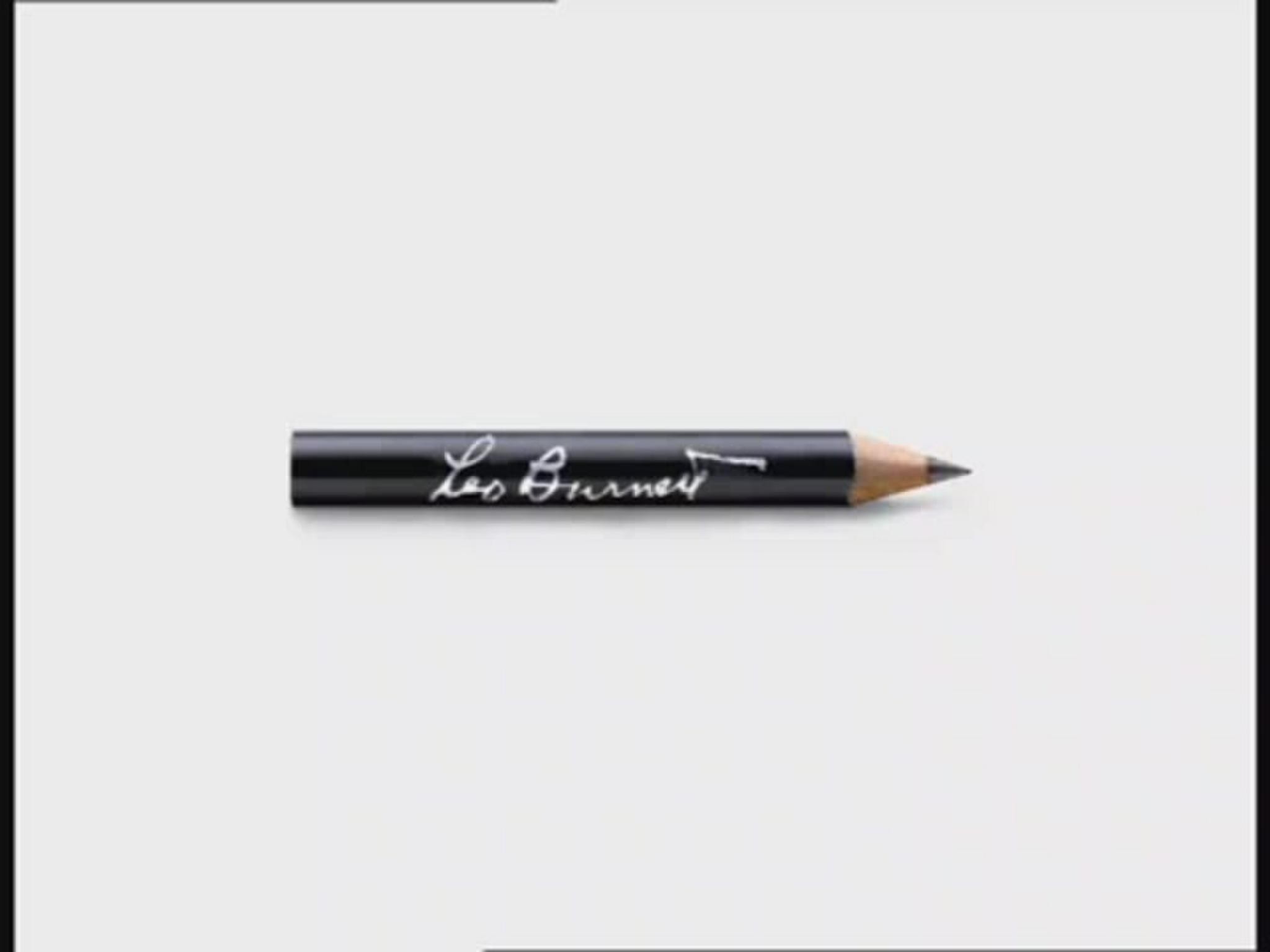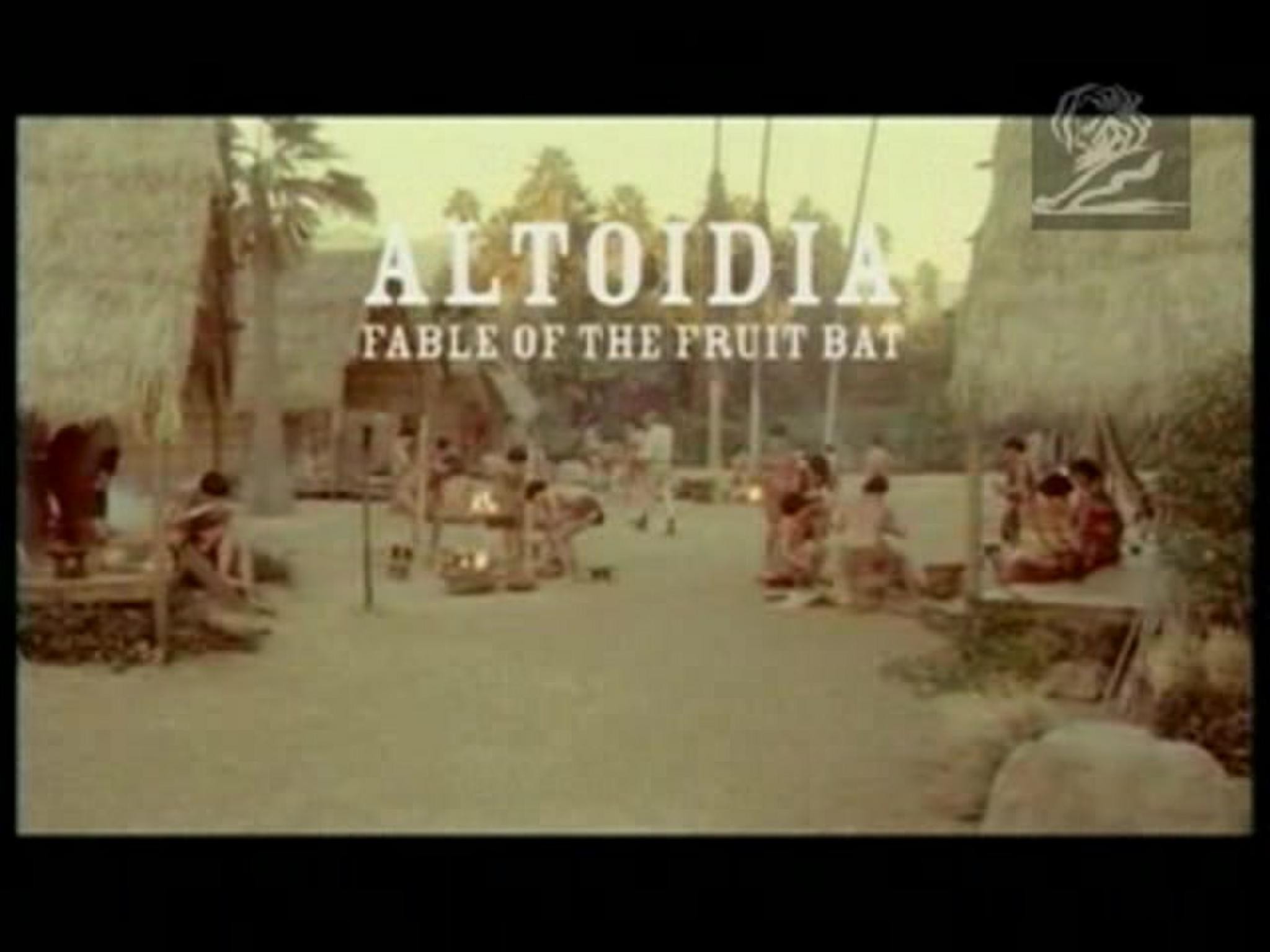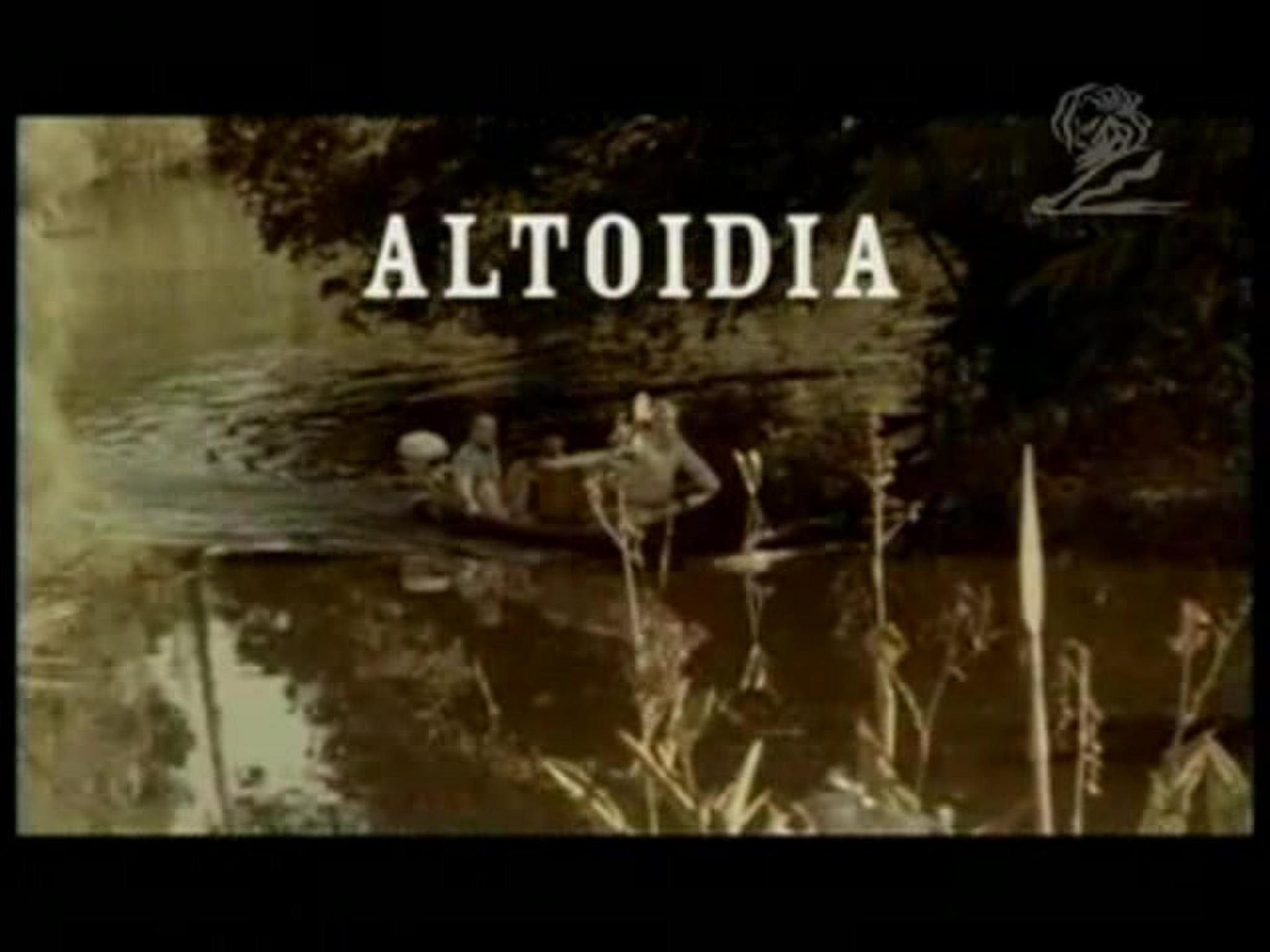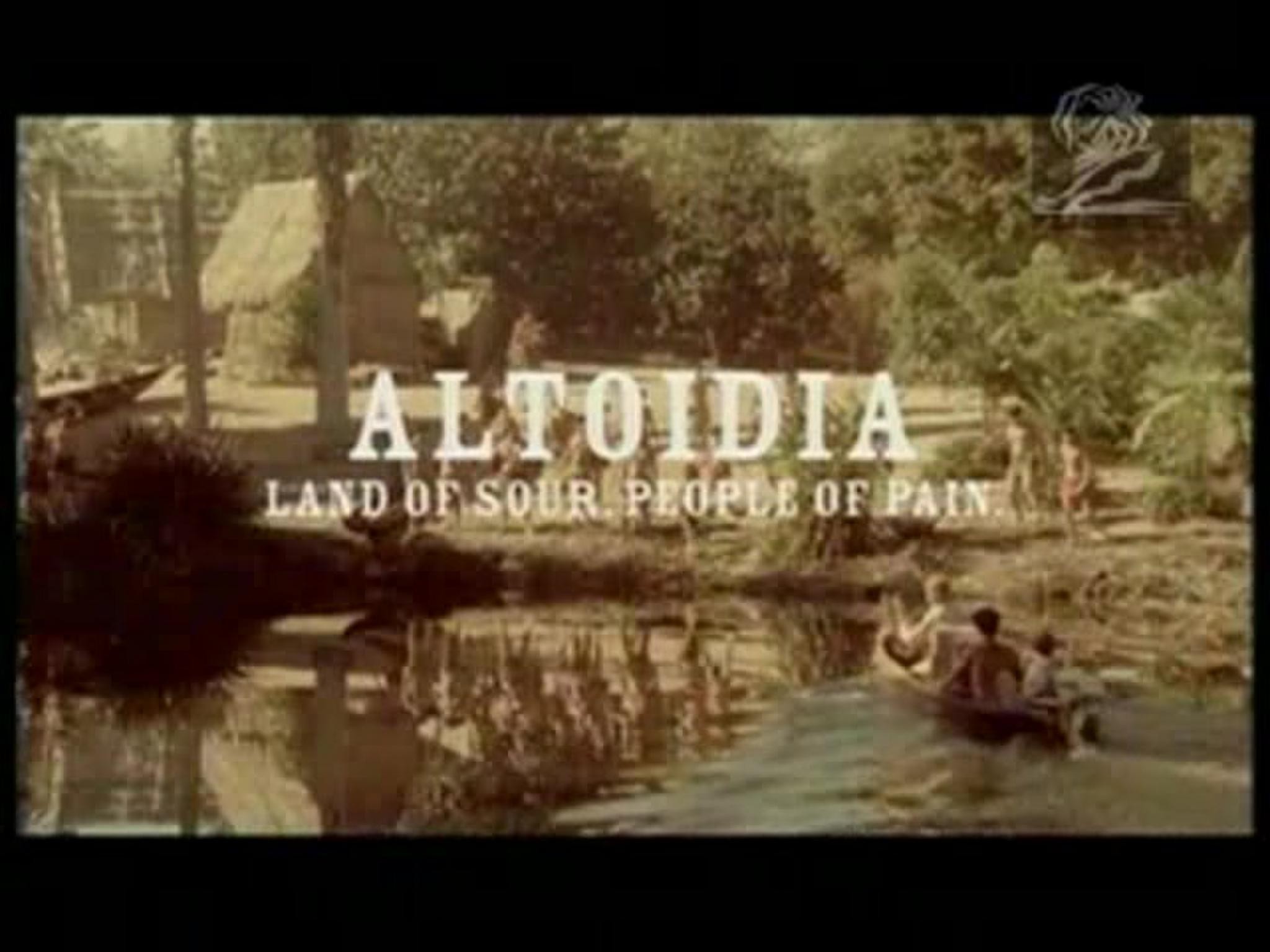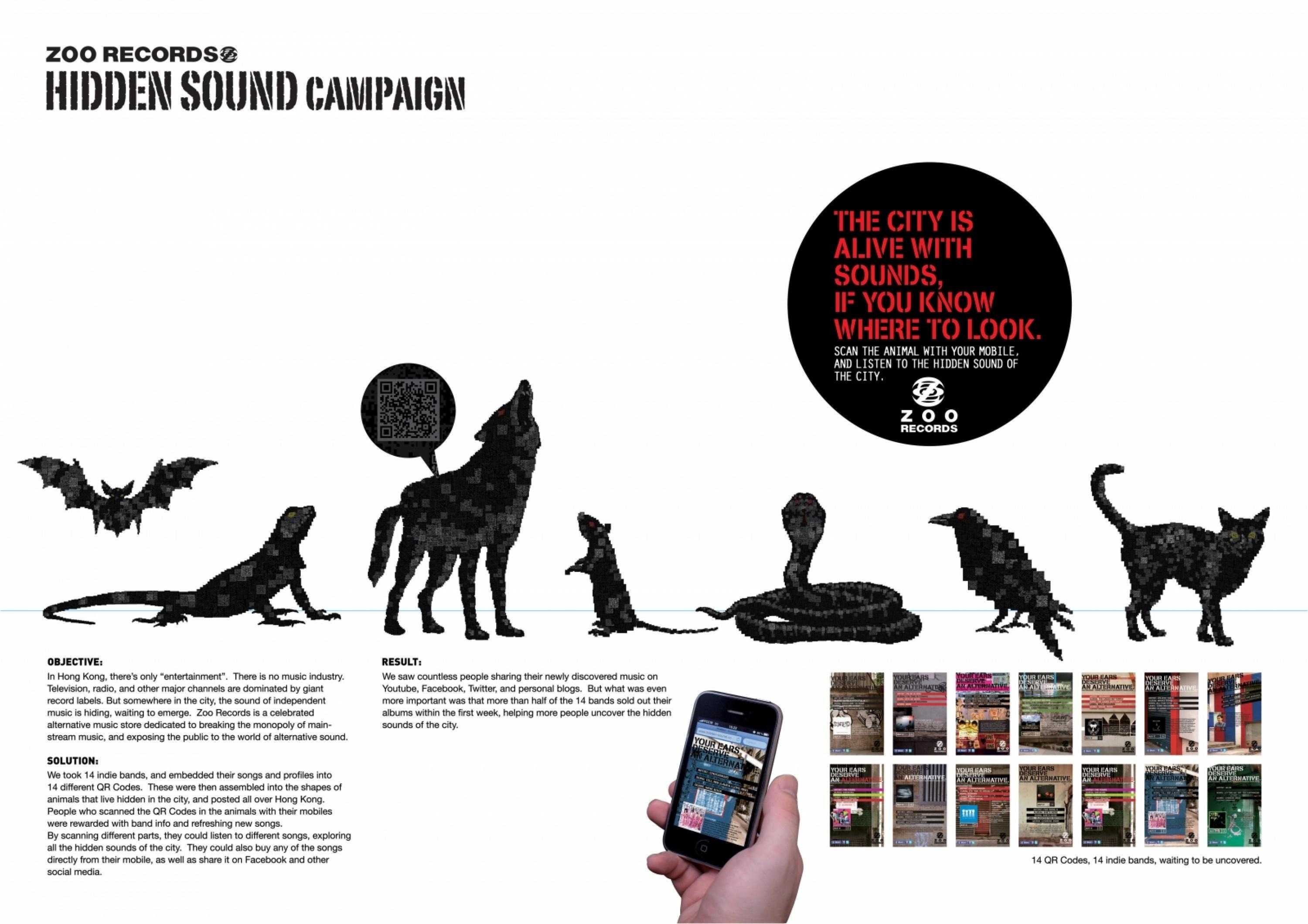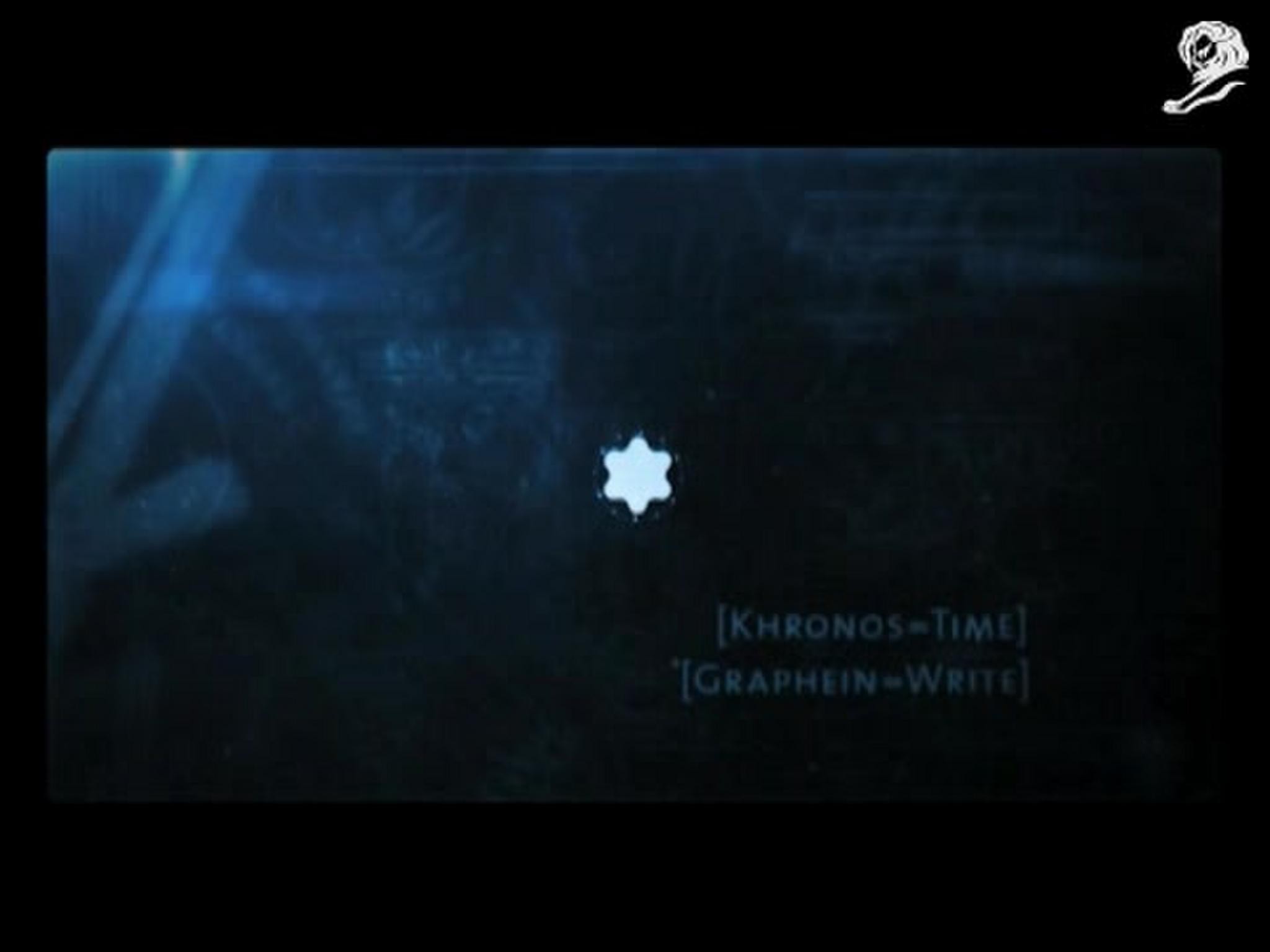Design > Brand Environment & Experience Design
CLIMATE REALISM
LEO BURNETT, Frankfurt / WWF GERMANY / 2023
Awards:


Overview
Credits
Overview
Background
Climate scenarios describe how the further effects of climate change will develop until 2100. The so-called RCP climate scenarios of the Intergovernmental Panel on Climate Change are based on more than 34,000 scientific publications and provide detailed and regionally definable information on which impacts will be felt at which locations if emissions are not reduced at all, are reduced only slightly or significantly. The problem with this data is that it remains abstract, unemotional and difficult to access. The differences in possible developments and thus also the possibilities for our influence today are presented as graphs and tables - hidden in a 3949 pages report and complex databases. It is already difficult to understand the impact of climate change today, so how can we convey what different climate futures look like? What is needed is a new way of visualizing climate scenarios – in an informational and emotional manner.
Please provide any cultural context that would help the jury understand any cultural, national or regional nuances applicable to this work e.g. local legislation, cultural norms, a national holiday or religious festival that may have a particular meaning.
The work was going live directly after the publishing of the 6th climate report by the IPCC. The fact that the report itself was very abstract and hard to understand in detail even for decisionmakers and politicians was discussed widely ¬– so the project did hit a nerve here. Furthermore, there had been multiple attempts of damaging/smearing famous landscape paintings (e.g. with tomato soup or mashed potatoes) in several german museums by climate activists shortly before – with lots of negative reactions. The Climate Realism Exhibition was widely considered as the first visible attempt to bring art and the challenges of the climate crisis together in a constructive and productive narrative.
Describe the creative idea
How would Monet paint his water lilies at +4°C global warming? How much do we have to reduce our emissions to save Gauguin's South Seas landscapes from destruction? And what would be left of Van Gogh's wheat fields if emissions continue to rise as they are now? The Climate Realism Exhibition gives answers to those questions. With the usage of climate data and generative AI, eight famous landscape paintings are transformed into their very own climate futures to illustrate the local effects of global warming under different scenarios – from no to strict CO2 emission limitation. Within an immersive physical and digital exhibition, climate scenarios can be experienced in a completely unseen and emotional touching way while still offering lates scientific data and input.
Describe the execution
The project brings a few different aspects that we used as inspiration for the design creations. For the logo of “The Climate-Realism Exhibition” we use the key asset of our data base, temperature degrees, and used its symbol (°C) as part of the project logo. A detail to bring the topic across in a subtle but present way. The font choice was to bring an extra connection with the topic, as a font that is not perfect and is almost fading in itself, as a landscape that fades with climate change. The color gradient graphic element was created to highlight the temperature rise into a simple symbolic, well know from weather forecast and from the simple connection between colors and temperature. The implementation of the elements and assets was thought to leave the most space and focus to the paintings.
List the results
The AI-generated imagery was presented in three different ways: As a web experience, as physical video installations and as digital assets. Within the first week, a media value of around 50 million Euro was achieved and the web experience caught the users attention in a way that was unprecedented for WWF experiences – compared with classic informational approaches on the topic: On the web experience alone, the paintings achieved 32k organic views in the first week alone – with 80% of the users engaging with 6,3 out of 8 paintings on average.
More Entries from Spatial & Sculptural Exhibitions and Experiences in Design
24 items
More Entries from LEO BURNETT
24 items









